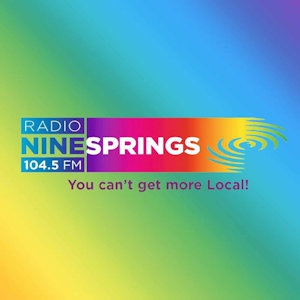
Monday 29th July to Sunday 4th August 2024
If you are up early, around 3am on Wednesday 31st July and look towards the east north east, you will be greeted by the constellation of Taurus rising above the horizon. Taurus provides the backdrop to a triangle made by the planets Mars and Jupiter with the bright star Aldebaran in the third corner. To the left of the triangle will be a 19%-lit waning crescent Moon and above, towards the top of Taurus, the Pleiades open cluster of stars.

Aldebaran is the alpha (or brightest) star in the constellation. Taurus is also the location of the Crab Nebula, known as M1 as it is the first deep sky object that Charles Messier catalogued back in the mid-1700s.

The Crab Nebula is a supernova remnant, left over from an exploding star. It is several thousand light years away from us and only has a magnitude of around +8.4 so you will need a telescope to see it.

If you missed the shadows of Europa and Io as they orbited in front of Jupiter last week, there is another opportunity to spot the shadow of a transit, between 12.30am and 3.30am in the early morning of Sunday 4th August. You would definitely require a decent telescope though as this time we are talking about Saturn and one of its many moons, Dione. Around that time, Saturn can be found towards the south south east.


Sunday 4th is also the time of the New Moon AND it will be below the horizon, so absolutely zero light pollution, making it an ideal time to go hunting those faint deep sky objects like the others listed in Charles Messier's catalogue.
www.starsoversomerset.com
Screenshots courtesy of Stellarium
Copyright Adrian Dening and Radio Ninesprings 2024

 Winter Coat Scheme
Winter Coat Scheme
 Recycling
Recycling
 Ilminster Local Plan
Ilminster Local Plan
 Hate Crime
Hate Crime
 False Fire Alarms
False Fire Alarms
 Dog DNA
Dog DNA
 Mobile Phones in Vehicles
Mobile Phones in Vehicles






